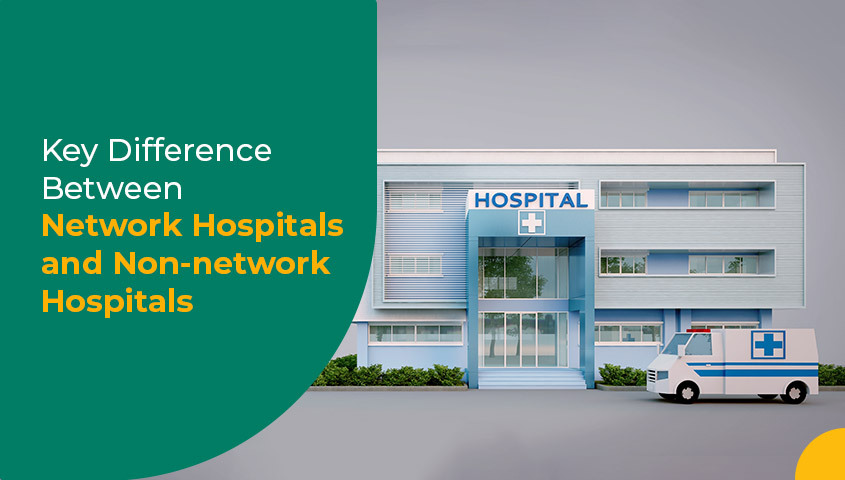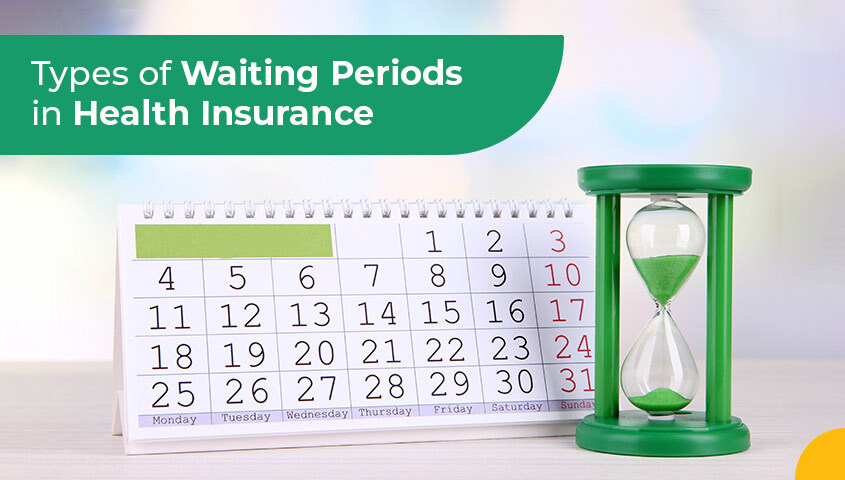
A critical illness is a severe illness like Cancer, Cardiac arrest etc. that puts your life at high risk and even after treatment, changes your ordinary day to day life. One aspect of these changes is financial.
Insurance customers often ask this question: Why do I need a critical illness cover when I have a health policy? The answer is fairly simple. They don’t conflict each other. Critical illness cover is like a health coverage booster, which serves a different function than that of a health policy.
Health policy or Critical illness cover? Actually, both!
–The treatment of a critical illness is three times more expensive on an average than other ordinary treatments. The regular health insurance policy covers only for hospitalization related costs, however incidental costs like loss of income, family travel & stay, canteen bills, alternate accommodation etc. are not covered. These costs can be significant especially during prolonged treatment. Result: You end up dipping into your own savings, and to no end!
-Critical illness cover is specifically designed to protect the insured from this situation. It functions as a benefits policy that provides a lump-sum amount on detection of specified critical illnesses.
–Critical illness covers are not expensive and are offered by all major insurance companies. Also, do note that the premium increases with the age of the insured. The earlier you apply, the less you pay.
Read more about benefits of critical illness policy
Rider vs. Standalone policy
Critical illness covers are offered as either riders (top-ups) or stand-alone policies. Here you will need to evaluate the extent to which you want to get covered. The critical illness rider can be taken at low premiums but typically, this cover doesn’t assure you of a sum greater than the insured sum of the base policy. Also, you don’t get much flexibility in terms of choosing a high sum insured and it can be continued only until the term of your base plan. In contrast, a standalone policy gives you all the freedom to choose a high sum insured, but the premiums too are slightly high. As a rule of thumb, with a basic health plan of 5 lakh, a critical illness cover of 15 lakh strikes a good balance.
Clauses you must know
Some policies specify a survival period of 30 days, which means that insurance company will make the payment only if after diagnosis, the insured survives the specified period. Here, it is important to make the distinction between policy waiting period and survival period. Like any other policy, critical illness policy entails a waiting period of 90 days after which the benefits come through. If you’re diagnosed with a critical illness in the first 90 days, insurance company will reject your claim.
As mentioned earlier, critical illness benefit doesn’t depend on whether or not you’re hospitalized. On diagnosis of the illness, you’re paid a lump-sum. A few insurance companies spread the payouts in several installments that you receive over a given period of time.
Some of the critical illnesses commonly covered in the policies are:
- Cancer
- Paralysis
- Heart attack
- Kidney failure
- Coronary artery bypass surgery
- Stroke
- Major organ transplant (e.g. heart, lung, pancreas)
Most policies cover the aforementioned illnesses but the count can go as high as 36+ depending on the policy. Also, always keep an eye on medical definitions of the covered illnesses(failure of a single kidney is not critical enough, partial paralysis too will be skipped over, things like that), exclusions and claim settlement ratio of the insurer (higher the better), and only after making sure of all these policy credentials should you buy the policy.You can compare health insurance policy on our website.
Read more about Dejargonizing health insurance terms
Read more about Separate health insurance plans for parents or floater?
































